With Kelvin Morales, Puey Quiñones, and Randolf, the new era for Filipiniana and barong clothing is scaling up its movement faster and stronger.
Related: Hannah Adrias Introduces The Filipiniana To The New Generation
In history books and museum archives, the traditional Filipiniana and barong stand proudly in all their glory. From their long reign in the 17th century to their fast tracked modernization in the 1900s, these symbols of Philippine fashion remain representative of the heritage they were rooted from, which is rich, authentic, and exceptional.
Today, the Filipiniana and barong gradually return to the local fashion scene, evolving together with the artistic and innovative perspectives and styles of local designers.
KELVIN MORALES
Priding himself on establishing an eponymous brand that supports local artisans through continuous use and experimentation of local fabrics and materials, Kelvin Morales strikes a balance among modern, traditional, and experimental design techniques.

Putting the spotlight on craftsmanship, particularly sewing and embroidery, Morales is keen on developing artistic narratives and peculiar forms in clothing.
“During the lockdown, people started realizing that we need to support our local brands and focus on quality over quantity,” Morales says. “Designers are starting to explore and embrace our own heritage and create contemporary pieces like the barong or Filipiniana.”
When Morales started creating collections, he was always mindful to include barong pieces to represent the Filipino culture and tell a story.
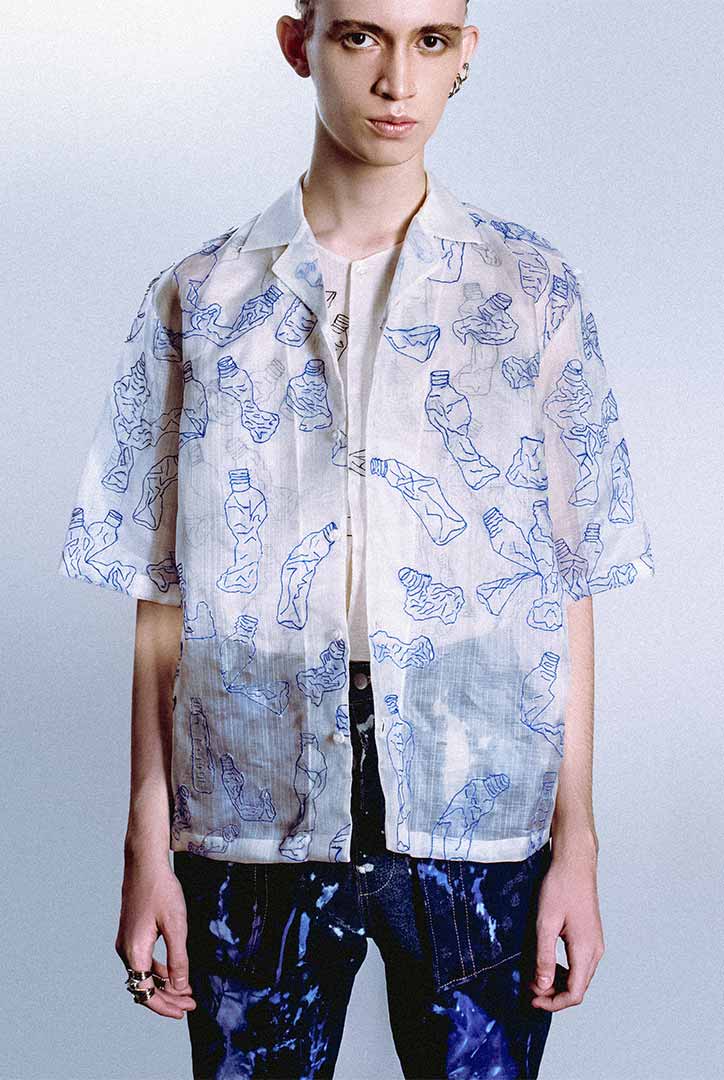
“The Philippine fashion scene is getting more diverse and is emerging in the global market,” Morales shares. “I always wanted to represent Philippine fashion to innovate and offer something new in the industry.”
RANDOLF
When designer RJ Santos established his brand Randolf after graduating in 2013, he lasted three collections when he decided to fly to Bangkok and become a fashion designer at a Thai manufacturing company.
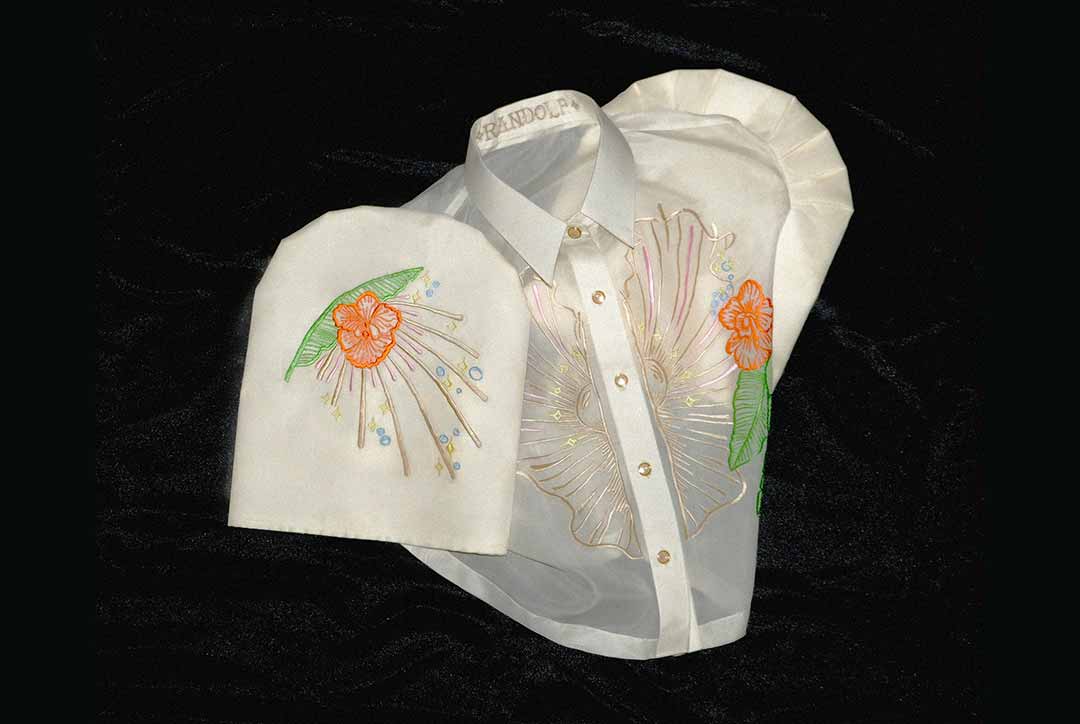
A few months later, Santos felt that it wasn’t something he saw himself doing anymore, so he went back to the Philippines and launched his comeback collection—a line that made him one of the winners of the Bench Design Awards and gave him the opportunity to present his work in Amazon Fashion Week in Tokyo.
Now, he pokes fun at the obsessive pop culture through clothing.
“I think both the barong and the Filipiniana evolved with the times, especially the Filipiniana,” says Santos. “I noticed a surge in demand for both barongs and terno back in 2019 because that was when clients were actually requesting for ternos and barongs from Randolf. I think a lot has changed with both the terno and the barong over the years, but the core of what it should be remains.”
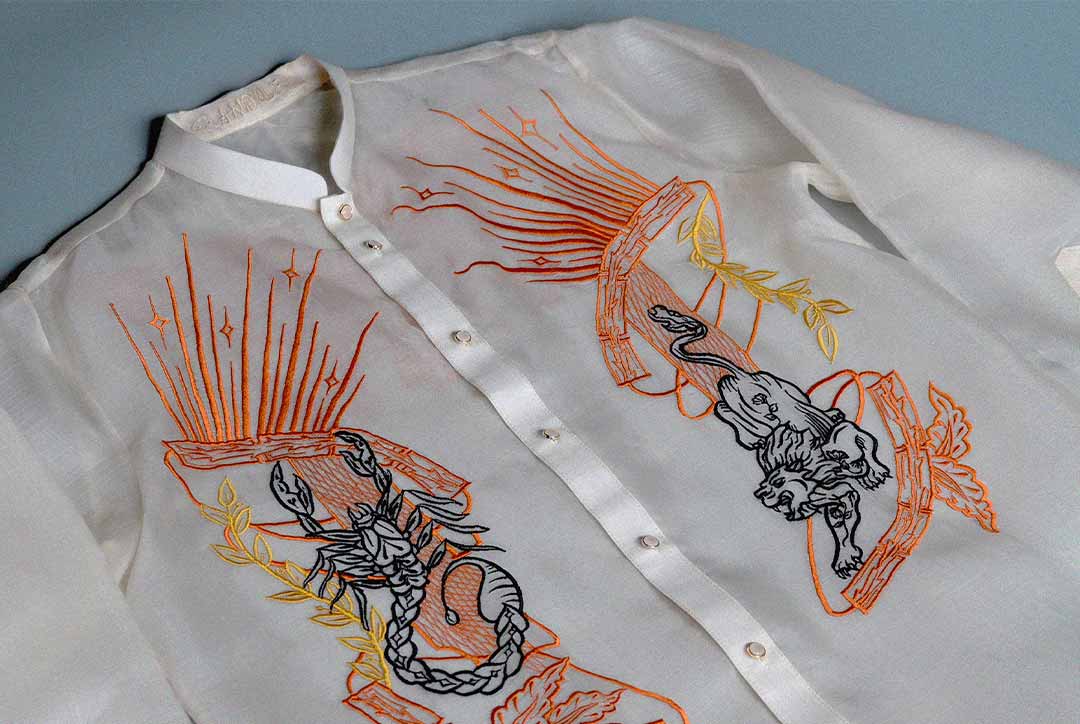
Santos reveals that he really didn’t choose to make barongs; it was the fabric that prompted him to start making them. It was during that time when he was designing his Spring/Summer 2018 collection when he decided to include jusi, a fine sheer fabric made of silk and vegetable fibers, in his pieces.
“I wouldn’t say I have an edge over other barong designers, but I think what makes Randolf barong different is that I create the embroidery designs based on the music of my clients,” Santos shares.
PUEY QUIÑONES
Innovation, femininity, timelessness—Puey Quiñones continues to bring forward the kind of artistry only Filipino designers can muster, even when he moved to Los Angeles a decade after successfully leading his own design house in Manila.
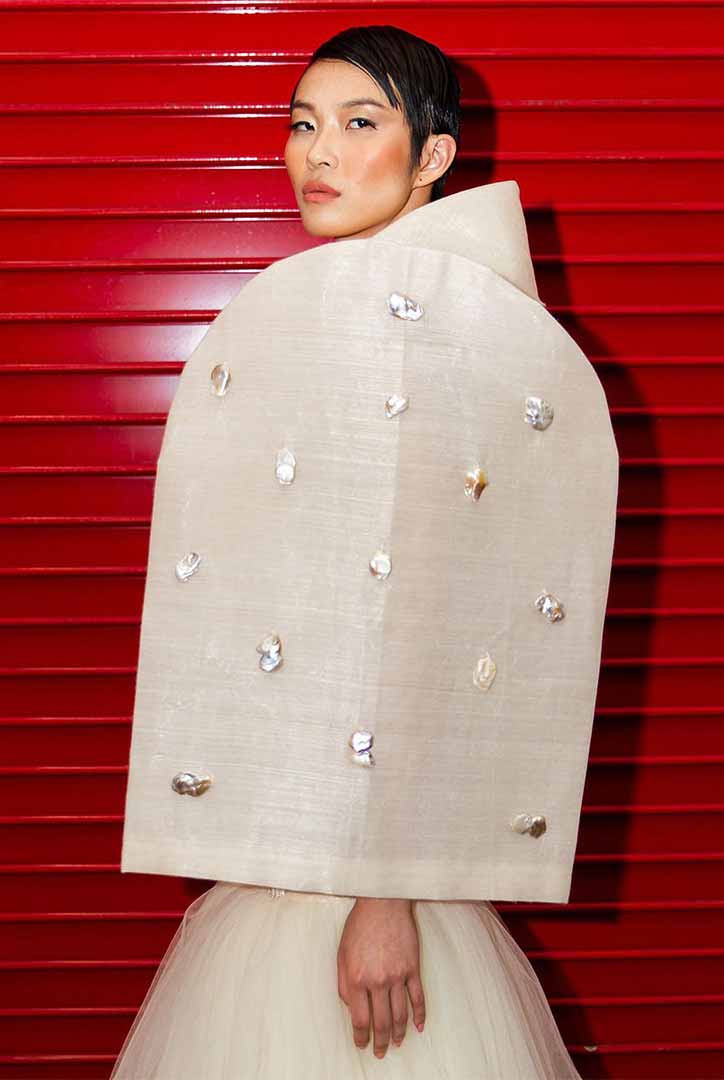
“Filipiniana and barong have changed a lot over the years,” says Quiñones. “More and more designers are now pushing and reviving Filipino traditional clothing. I see a lot of young designers reinventing Filipiniana designs. With the backing of the industry to push for Filipiniana and barong designs, I can see that Filipino traditional garments are now becoming a trend.”
Quiñones has been designing Filipiniana ever since he started his career. He always likes bringing back his roots, showcasing it to every show he does locally and abroad. As he sees it, the Philippines has unique, sustainable, fine, and high-quality materials that could give traditional garments an edge in the global market.
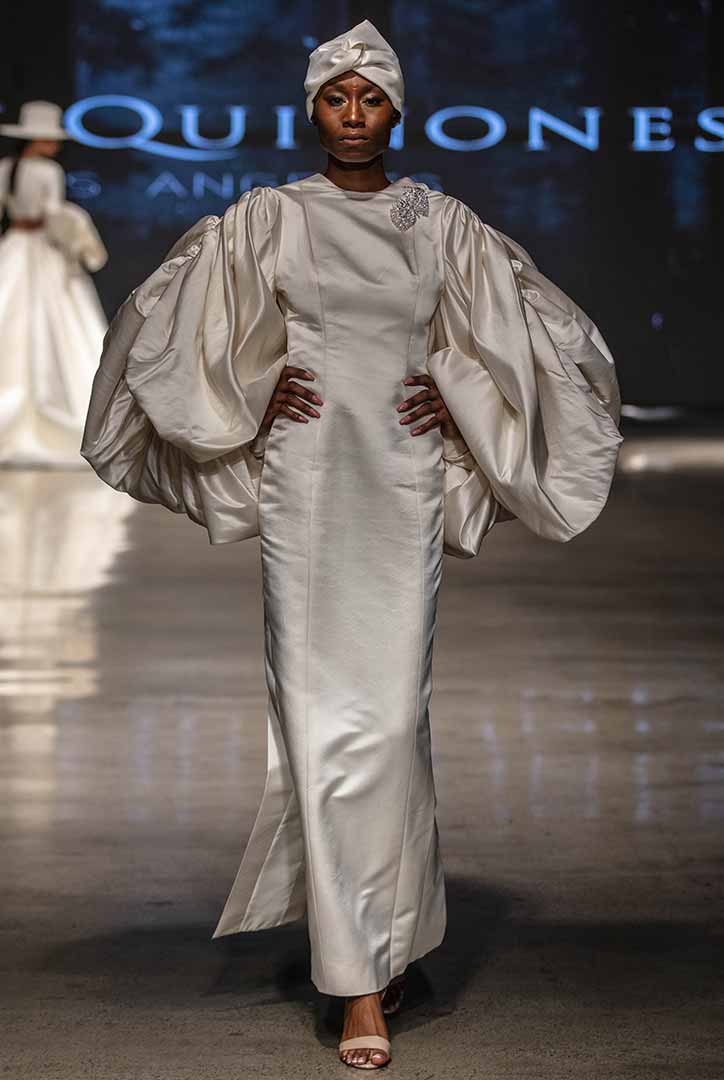
“Filipino fashion is becoming more global,” Quiñones says. “This gives us a chance to become a fashion design hub in Asia. For as long as the fashion industry has the support of our government, we can support and promote more of our artisans, weavers, and designers to revolutionize and arise with our Filipiniana and barong.”
Over the years, Quiñones has released a lot of Filipino designs through his collections, one of which was showcased recently at the Los Angeles Fashion Week. In addition to this, his brand is consistently part of Katutubo Market, which promotes locally crafted fashion items.
This fashion feature is also seen in MEGA’s August 2022 issue, available on Readly, Magzter, Press Reader and Zinio.







